Uffizi discovers treasure trove of 45,000 photographs in 2018. And now it's online for all to see
Important digital project of the Uffizi that from today makes available to everyone a heritage of 45 thousand photographs: these are those of the Royal Photographic Archive of the Uffizi, established by the director of the Florentine Galleries Corrado Ricci in 1903 with the intention of endowing the museum with a photographic collection available to the public, and that from today becomes accessible at https://fotoinventari.uffizi.it/it/ricerca-archivio-regio. The archive, thought to have been lost but rediscovered in 2018 during restoration work in some long-closed spaces that were reopened during work on the New Uffizi, collects thousands of photographs, about 45,000 as mentioned, made using various techniques (albumins, silver salt gelatines, charcoal prints, halftone photomechanical prints and collotypes).
These are mainly reproductions, made by about 300 authors including photographers, editors and printers, of Italian and foreign works of art, but also monuments, landscapes, people and historical events not only Florentine (such as, for example, the destruction of the Scalzi church frescoed by Tiepolo in Venice during World War I or the construction of the Malamocco dam, also in the Venetian region). The time span covered by these images ranges from the dawn of photography in the mid-19th century to the 1960s.
When the collection was unearthed, it was still inside large original containers, custom-made in the early twentieth century to facilitate consultation and storage of the photographic material. Three vertical cabinets held the small- and medium-format images in 180 drop-down drawers, two longitudinal cabinets with 40 sliding shelves housed the large formats, and 41 wood and cardboard boxes were dedicated to the topographic section of the collection. The photographs had been arranged in alphabetical order by author and place and stored in numbered folders, accompanied by lists and precise indications of the authors of the reproduced works and their images. Immediately after the find, dusting operations were carried out on the images, as well as maintenance of the cabinets and boxes. The work of digitizing the collection was then accomplished.
The consultation platform allows browsing the archive by searching, artists, works, photographers, locations and photographic techniques; possible to see both the recto and verso of art photographs, of people, panoramas, monuments, European cities and exotic places, even scrolling through them within their folders and viewing their original listings.
The discovery of this precious heritage, which represents one of the most important and oldest historical photo libraries in Italian museums, was accompanied by research into the genesis of the fund and the creation of a study group involving experts in conservation and the history of photography, from the Opificio delle Pietre Dure, the Universities of Florence and Udine, and the Kunsthistorisches Institut Florenz.
“It’s everyone’s dream to find a treasure in the attic,” says director Eike Schmidt. “And the photos that have resurfaced from the hidden rooms of the Uffizi are a treasure in the most literal sense of the word. It is true that their material value is enormous, but what matters most to all of us is that they tell the story, faithfully and poetically. And then there is the added value of seeing how they were stored and consulted. The ingenious early 20th-century furniture can no longer be used because it is not up to code, but digitization makes it possible to virtually open its drawers and doors. Quietly, even from your home computer, you will be able to travel through the events of more than a century and admire the works of art noting their sometimes lost, and therefore precious, conditions and aspects.”
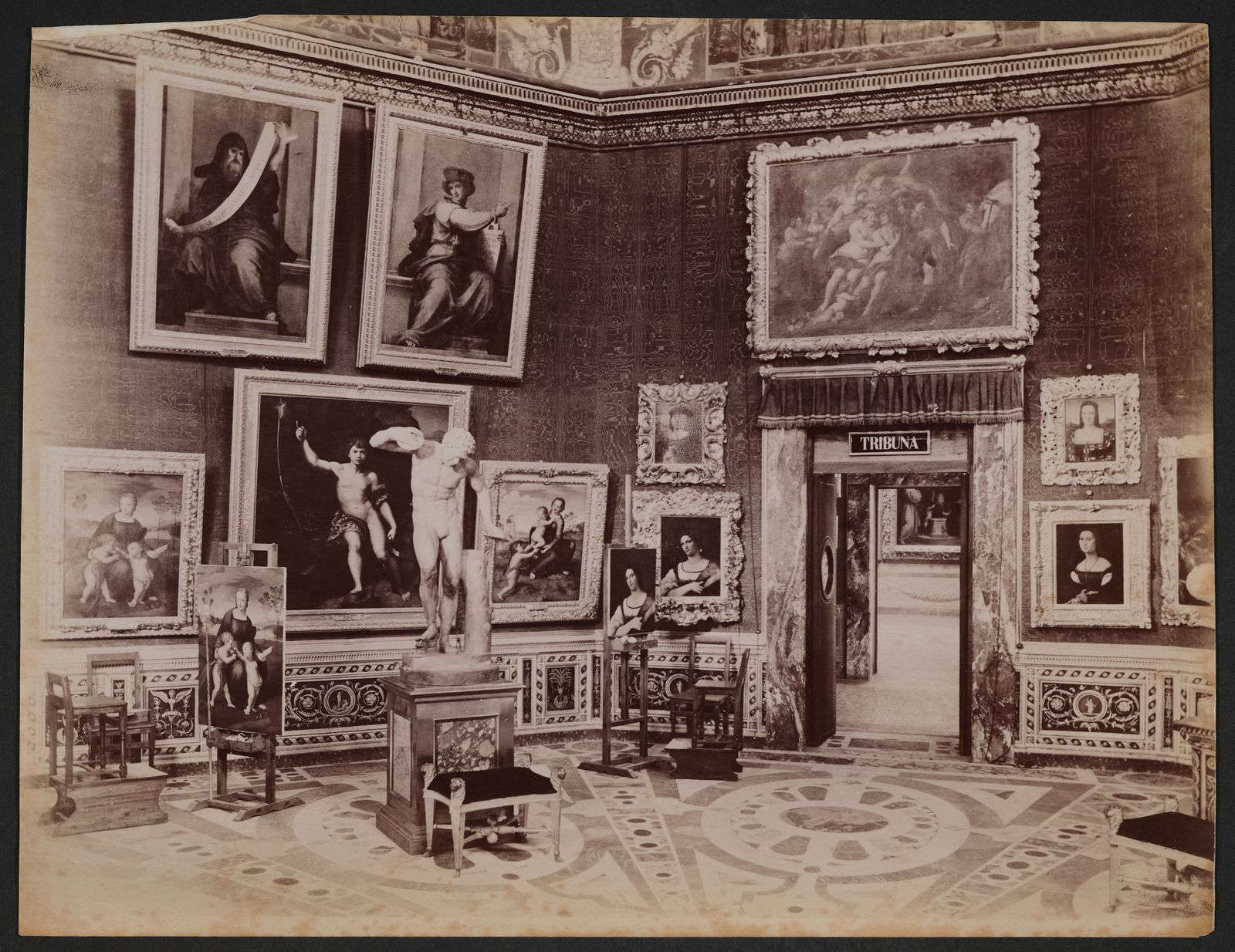 The
The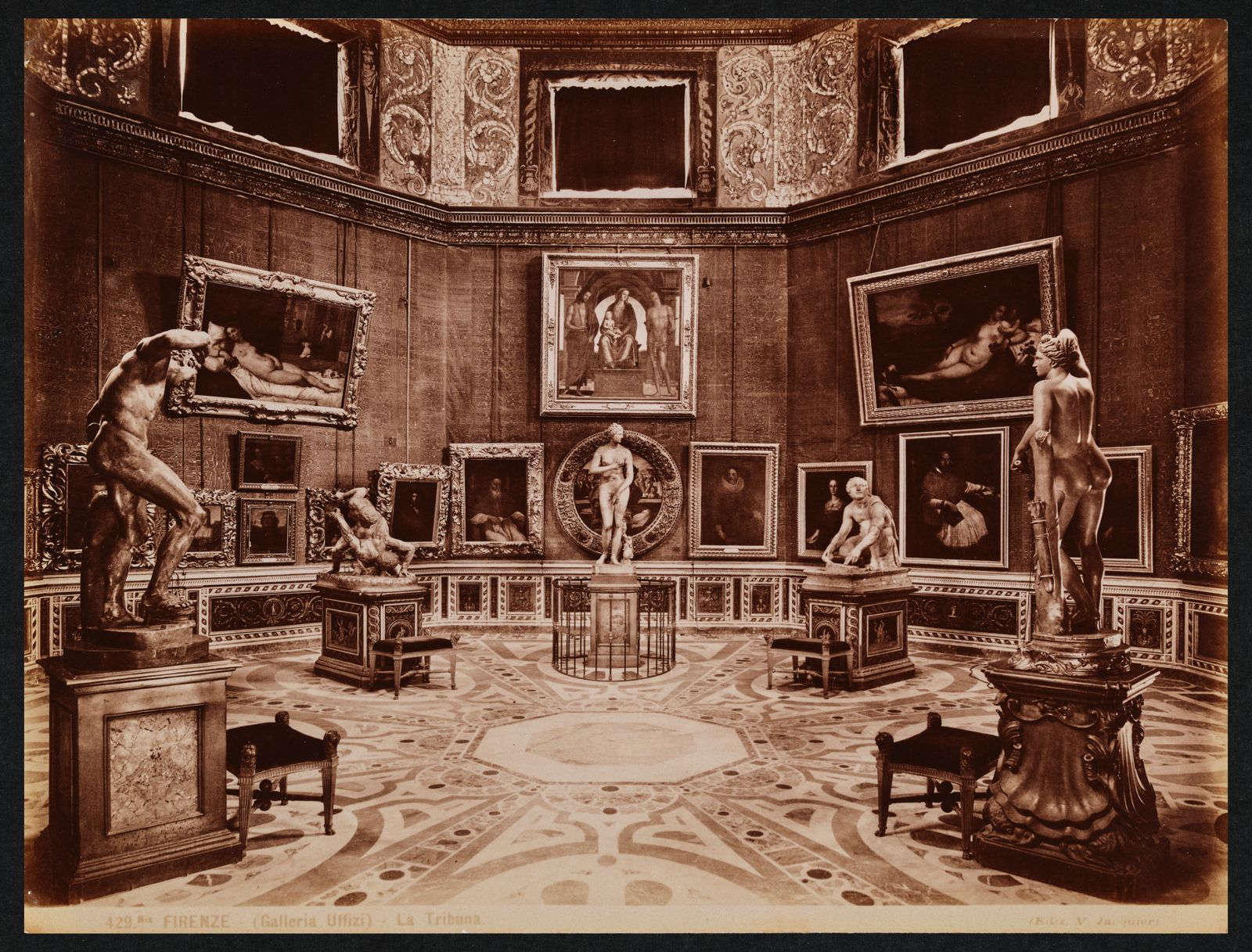 The
The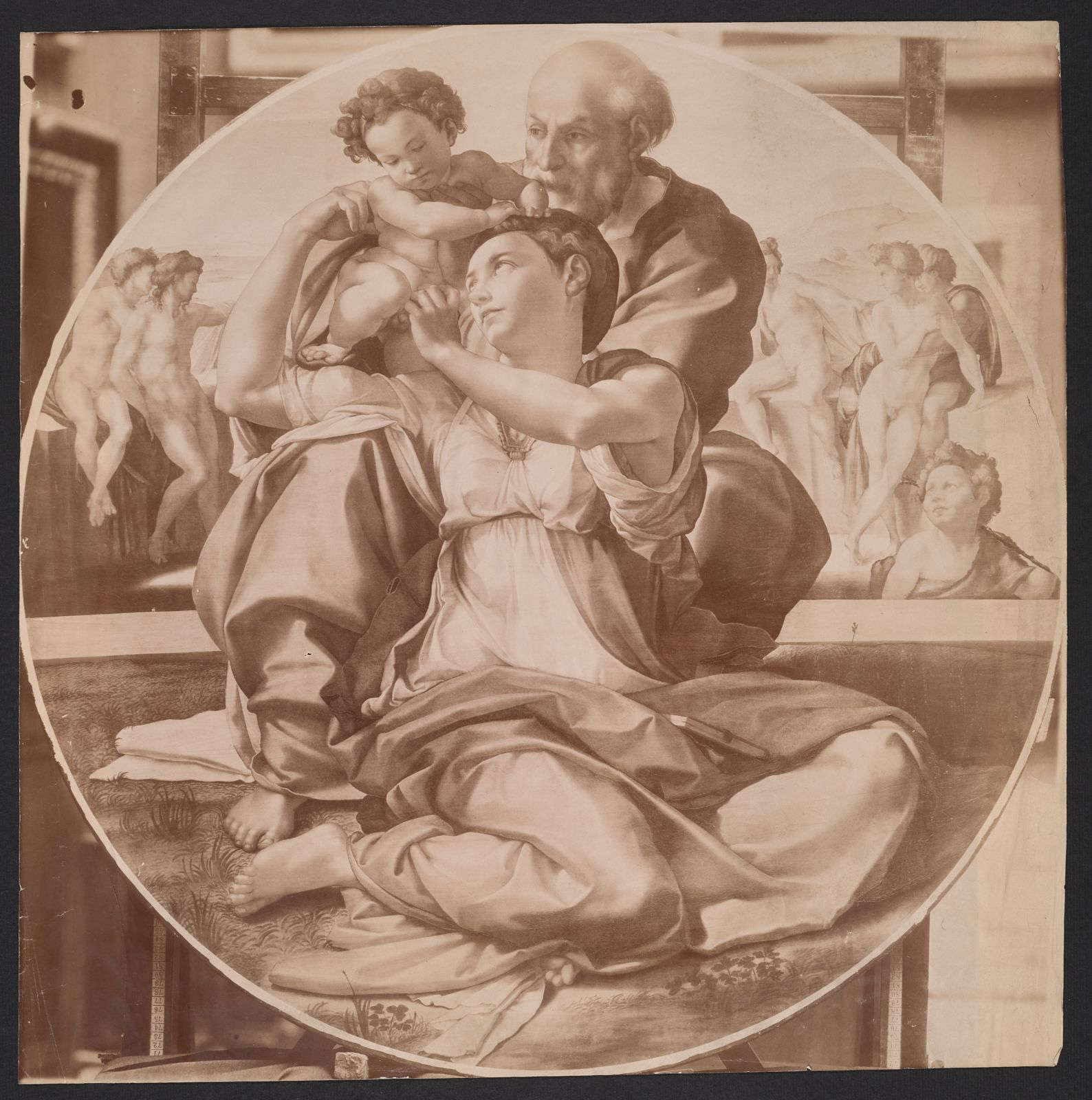
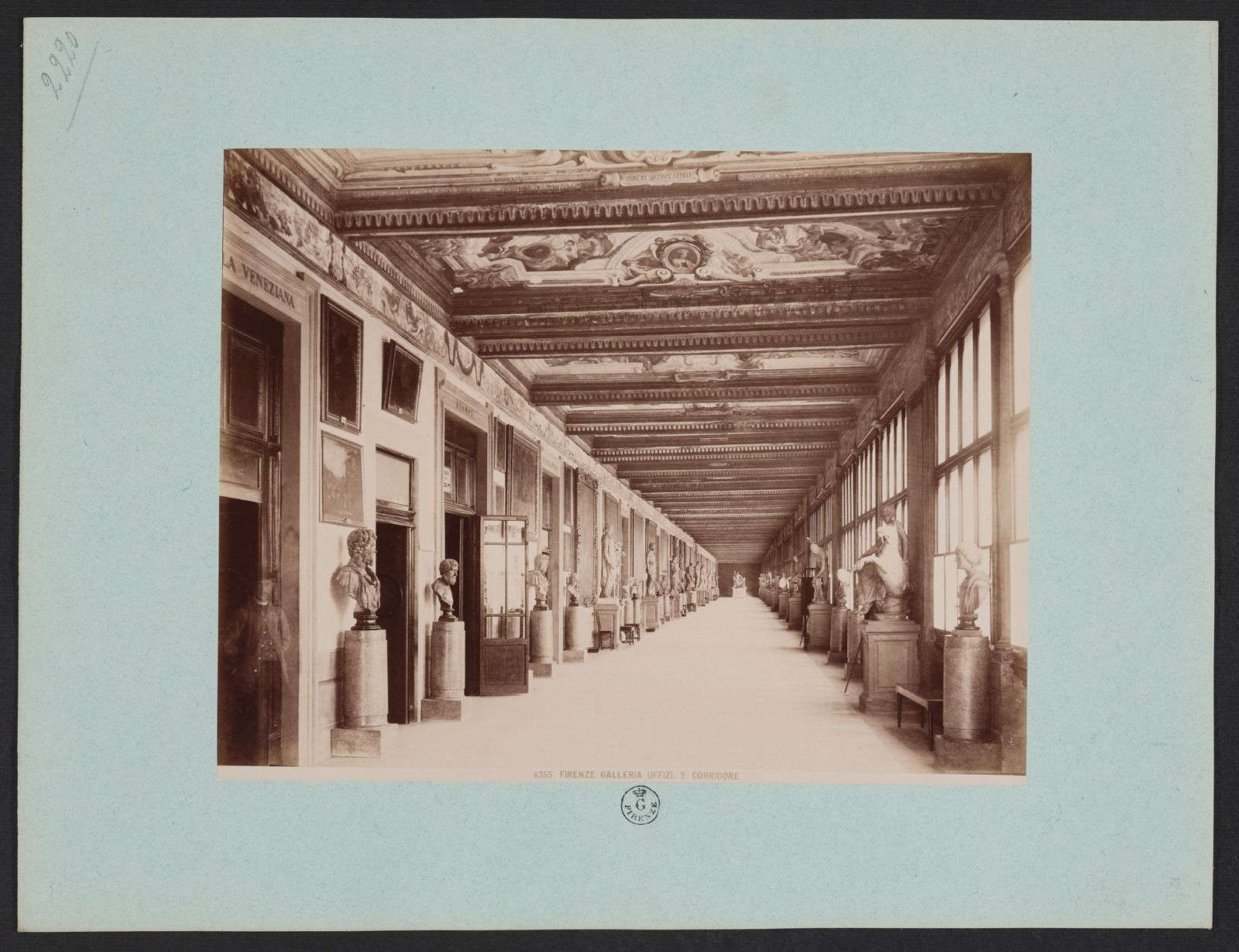
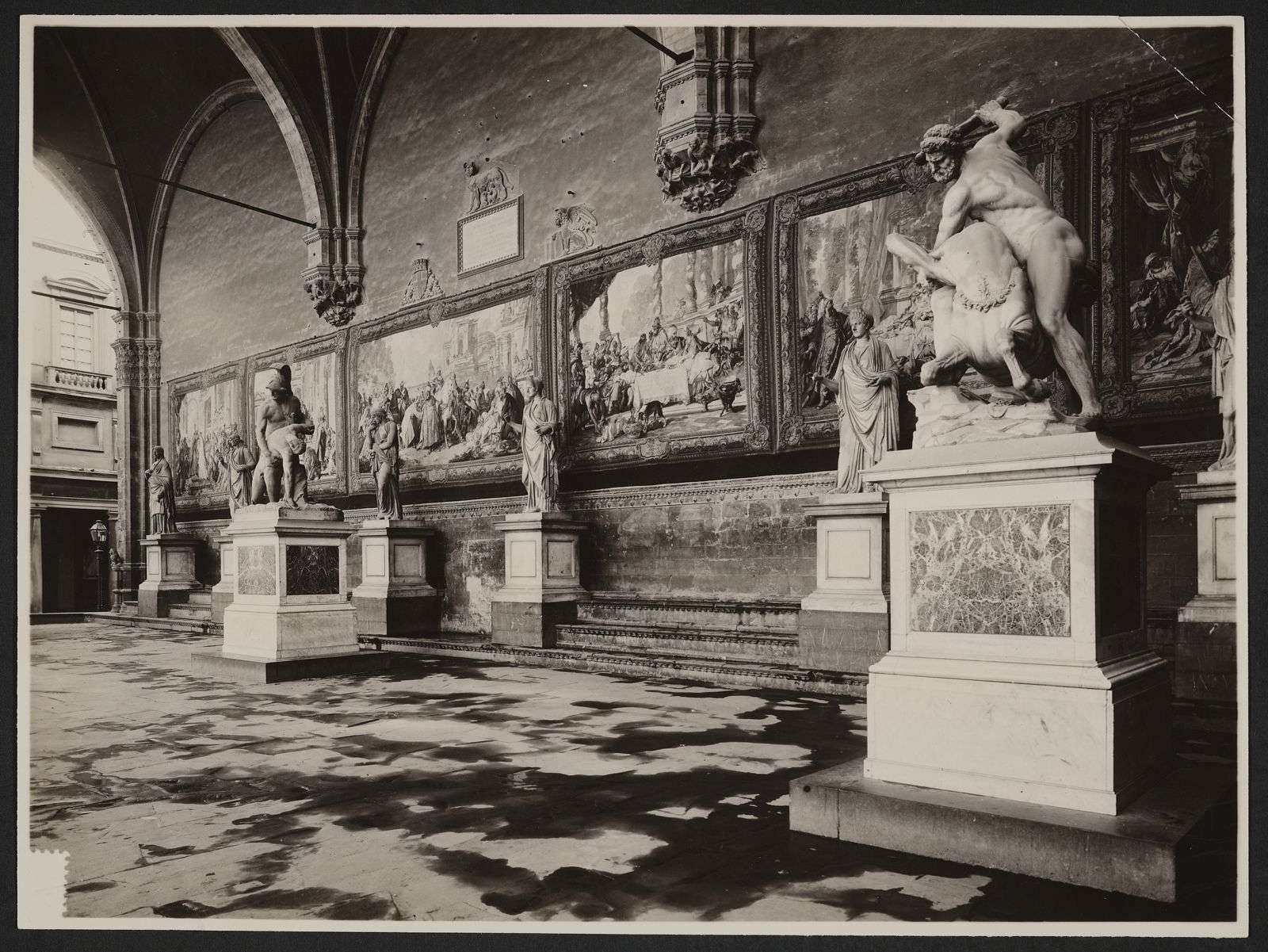

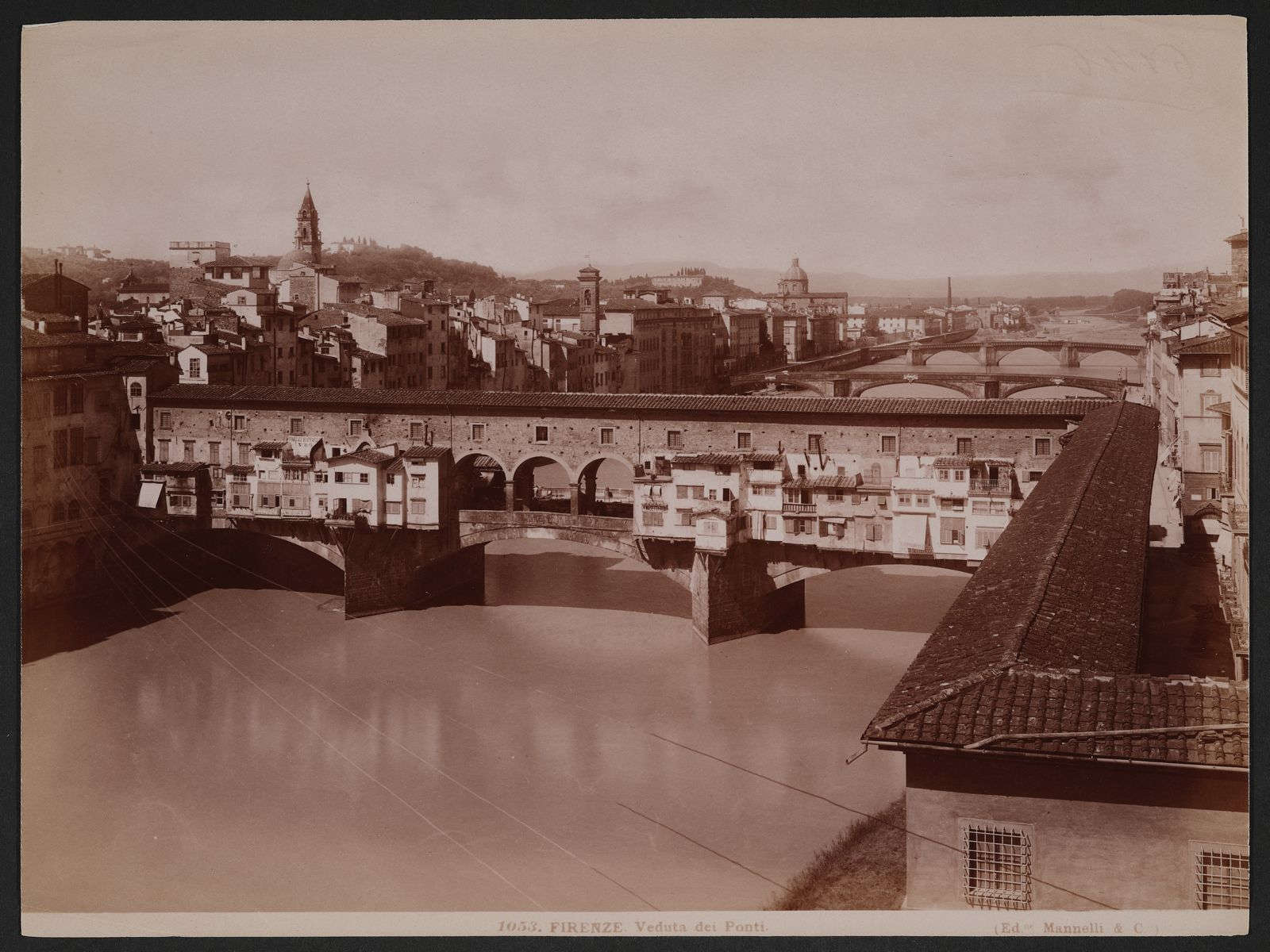
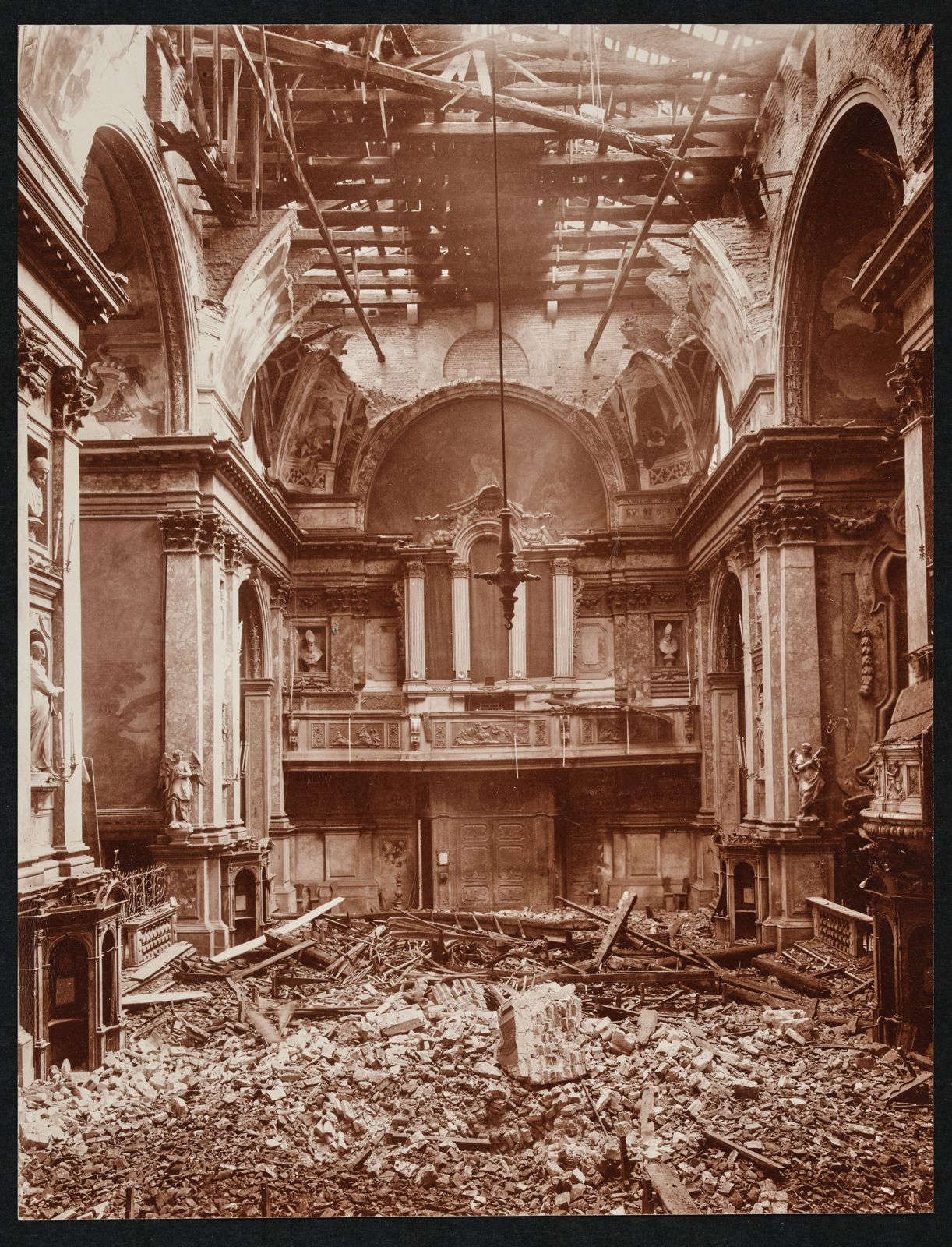
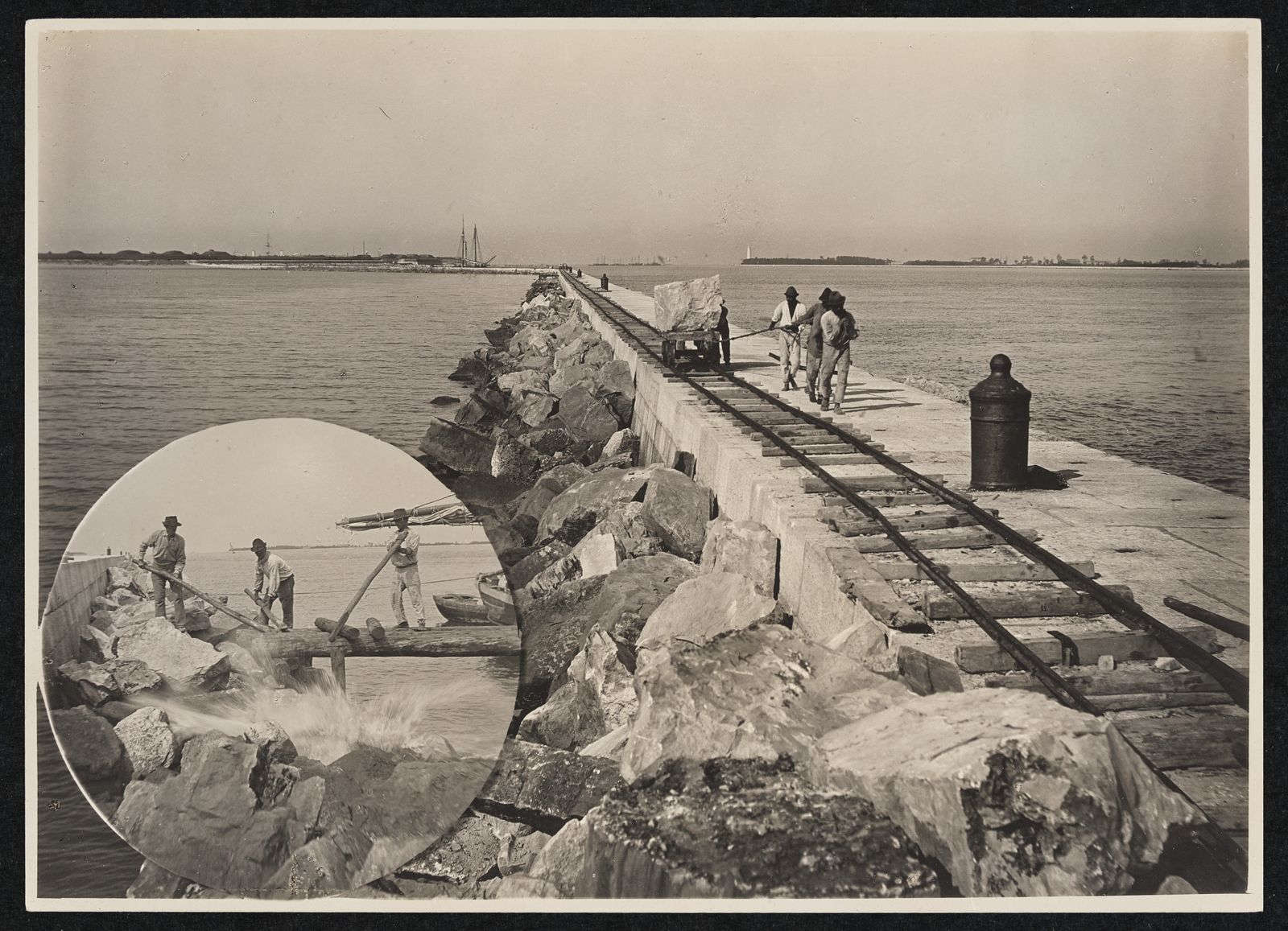
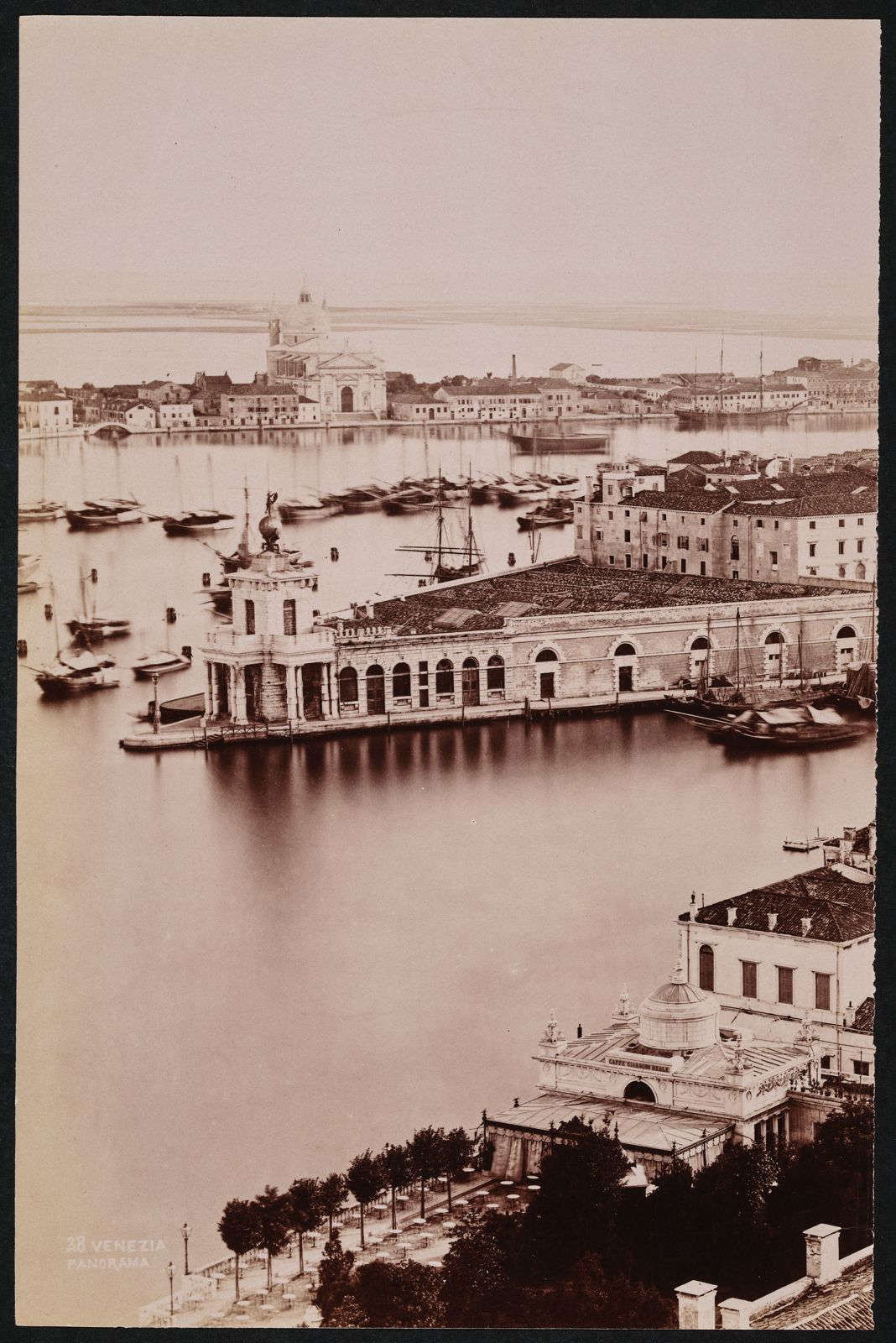
 |
| Uffizi discovers treasure trove of 45,000 photographs in 2018. And now it's online for all to see |
Warning: the translation into English of the original Italian article was created using automatic tools. We undertake to review all articles, but we do not guarantee the total absence of inaccuracies in the translation due to the program. You can find the original by clicking on the ITA button. If you find any mistake,please contact us.





























